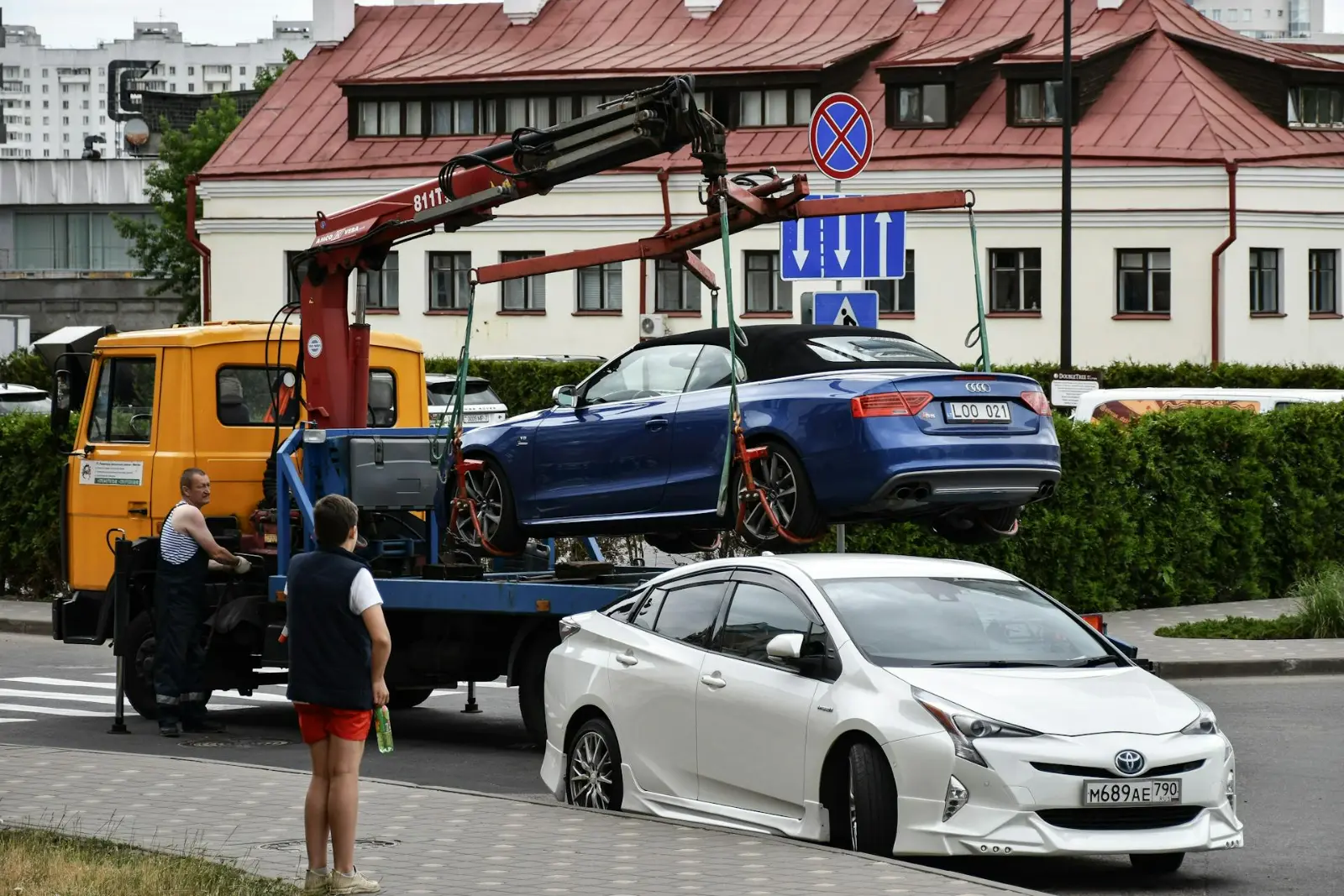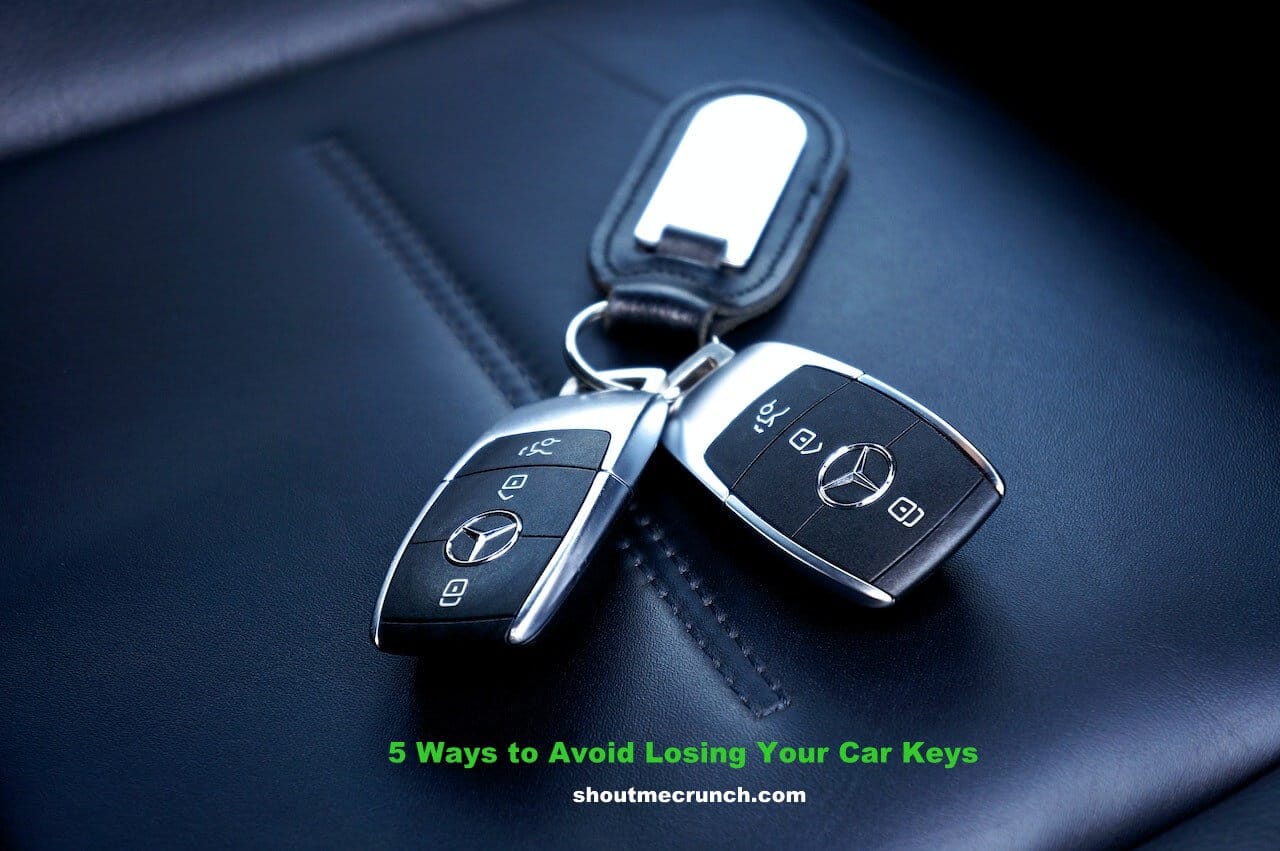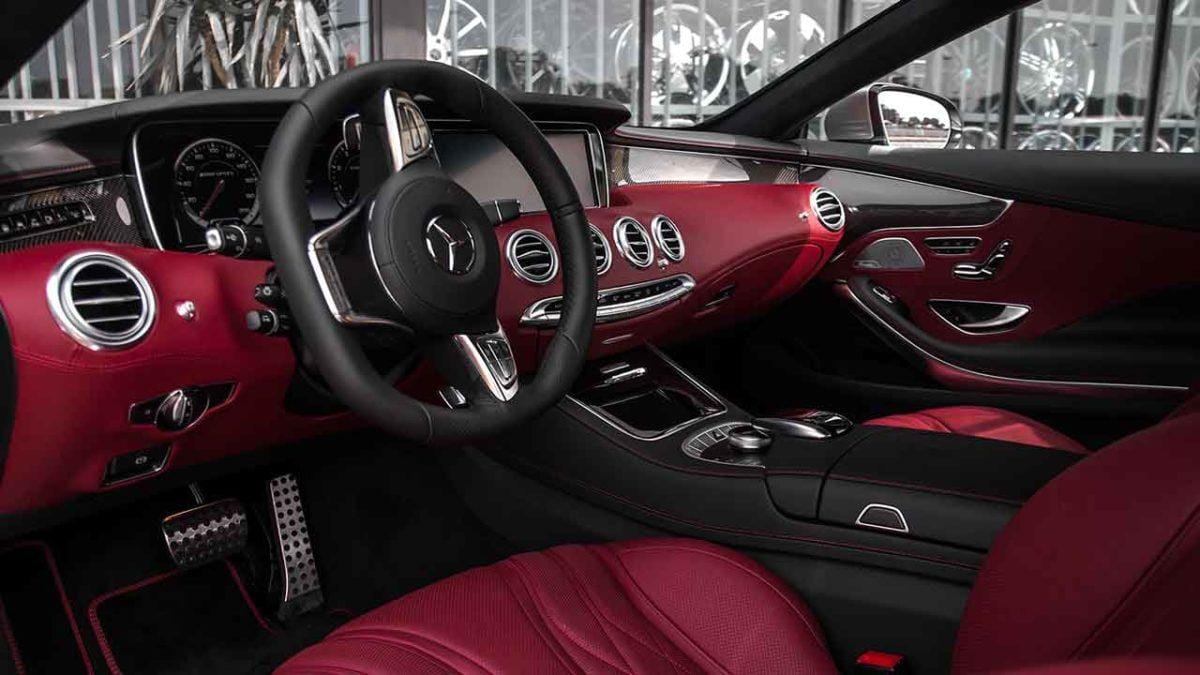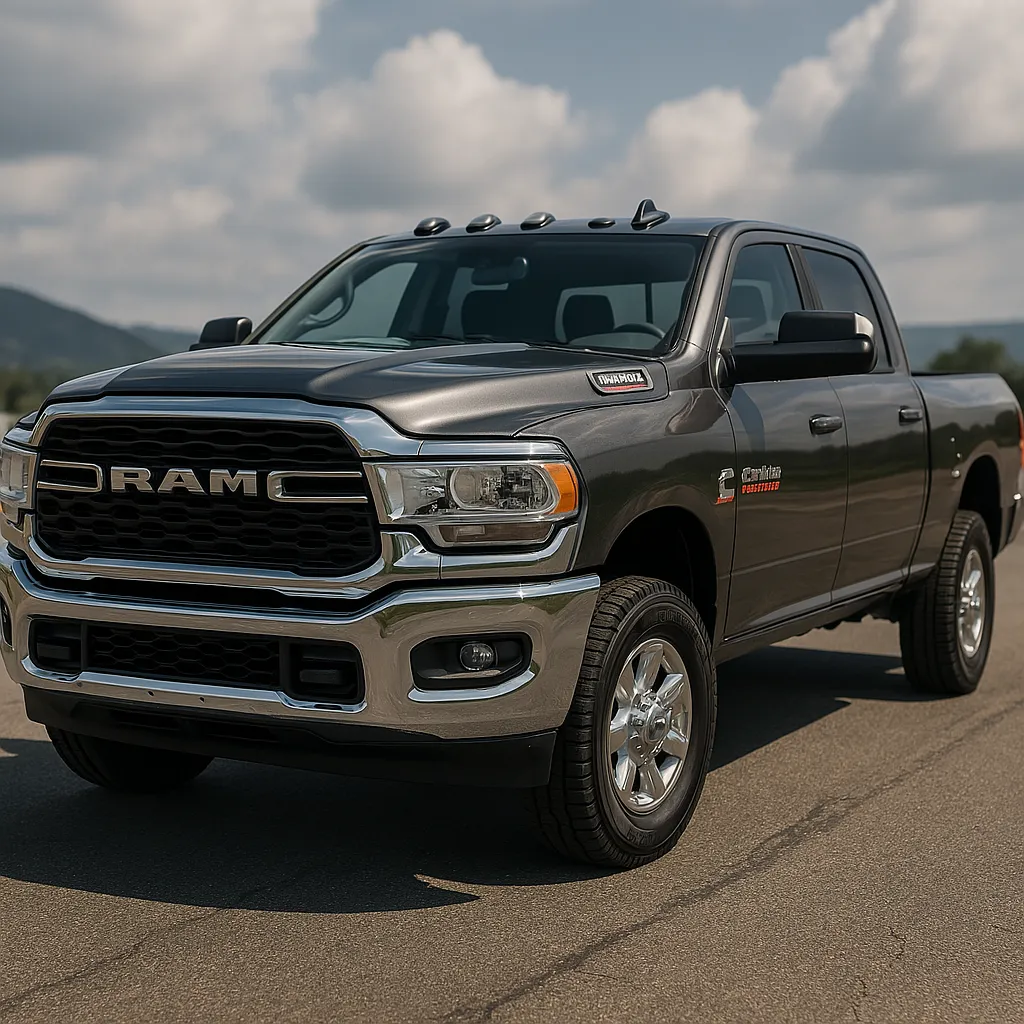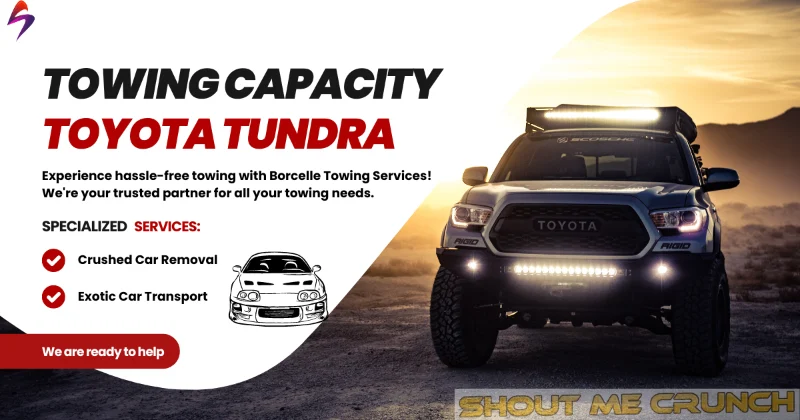You know that sinking feeling when your car gives up on you? The dashboard lights up, the steering wheel stiffens, and suddenly you’re that person—hazards blinking on the side of the road, pretending you’re totally fine. Then the tow truck arrives. You hand over your keys, watch your car get loaded, and that’s where most people’s story ends.
But for the tow truck operator? That’s where the real story starts.
Let’s pull back the curtain and see what actually happens during a professional tow — the part you never get to see.
Contents
What Really Happens Before Your Car Gets Hooked Up?
Before a single chain rattles or a winch moves, the tow operator turns into part-detective, part-mechanic. They start with a full vehicle assessment, not because they’re nosy, but because every detail matters.
Picture this:
Your car’s parked at an odd angle. One tire’s flat. The steering’s locked. The operator walks around it like an art critic studying a masterpiece — but instead of “composition,” they’re thinking traction, alignment, and risk.
They check and document:
- Vehicle condition: any scratches, dents, or broken parts before the tow
- Tire and wheel status: flat tires, parking brake, steering lock
- Positioning: slope, ditch, or tight space? That changes everything
- Photos from all sides: proof for you and for them if damage is later questioned
This step protects both sides. It’s like a pre-flight checklist — no shortcuts allowed.
Flatbed vs Wheel-Lift: Which Towing Method Is Right for Your Car?
Not all tows are created equal. The choice between flatbed and wheel-lift is like picking the right tool for surgery — get it wrong, and something breaks.
For many situations, understanding the differences between roadside assistance vs towing options helps determine what service is actually needed. Sometimes a simple jumpstart or tire change solves the problem without any towing at all.
Here’s a quick comparison to clear the fog:
| Feature | Flatbed Tow | Wheel-Lift Tow |
| How It Works | Entire car sits on a flat platform | Two wheels lifted, two stay on ground |
| Best For | AWD, luxury cars, long distances | Short distance, light vehicles |
| Vehicle Wear | No tire or drivetrain wear | Slight rolling wear possible |
| Cost | More expensive | More affordable |
| Maneuverability | Limited in tight spaces | Easier in narrow streets |
Flatbed towing looks fancy because it is — it’s gentler on the vehicle and safer overall. But if your old sedan just needs to go three miles down the road? A wheel-lift might be perfectly fine.
How Does the Tow Hookup Actually Work?
This is the part that looks simple but demands serious precision. Think of it as a mechanical dance — one wrong move, and the vehicle (or operator) could be in trouble.
The Flatbed Hookup:
- Truck positions itself straight behind the car.
- The bed tilts into a ramp.
- A winch cable attaches to the car’s designated tow hook (not the bumper — never the bumper).
- The car is slowly pulled onto the bed while being guided to stay centered.
- Once up, it’s locked down with four or more heavy-duty straps to prevent movement.
The Wheel-Lift Method:
- The operator slides a metal yoke under either the front or rear wheels.
- Hydraulics lift that end slightly off the ground.
- Safety chains attach as backup.
- The steering wheel is locked, and the transmission adjusted (neutral or park, depending on setup).
It’s a choreography of weight, hydraulics, and common sense. That’s why a seasoned operator moves like someone who’s done this a thousand times — because they have.
What Safety Checks Happen Before the Truck Moves?
You wouldn’t board a plane before the pilot double-checks the flaps. Same deal here.
Tow operators perform another “walk-around” — a safety ritual that’s equal parts science and paranoia.
Checklist before takeoff (literally):
- Straps tight? No wiggle room.
- Winch secure? Cable tension balanced.
- Lights and flashers working? Visibility is survival.
- Load balanced? Too much weight on one side, and steering goes haywire.
- Parking brake released or set appropriately.
- Transmission properly positioned (neutral for flatbeds).
A lot of people think towing is just “hook and go.” Nope. It’s “check, recheck, and check again.”
What Happens During the Actual Tow?
During the actual tow, the operator isn’t just driving from point A to point B. Once everything’s locked in, you’d think it’s just a peaceful drive. Not quite. The operator becomes a rolling risk manager.
They’re constantly watching mirrors, feeling the load, and adjusting for balance. They drive slower, brake earlier, and avoid tight corners. Every bump in the road is a potential physics experiment.
A Professional Tow Operator Monitors:
- Vehicle stability: any sway or shifting
- Tie-down tension: checked every few miles on long trips
- Road hazards: potholes, sharp turns, overpasses, or steep grades
- Route planning: sometimes the “long way” is the only safe way
It’s not laziness when a tow truck takes an extra five minutes — it’s caution wrapped in experience.
Why Is Unloading as Tricky as Loading?
Arriving at the destination isn’t the end. The unloading process is like landing a plane — it demands control until the very last second.
- The flatbed tilts down slowly.
- Straps are released in a specific order to prevent sudden shifts.
- The car rolls off under the operator’s guidance.
- Once on the ground, brakes and gears are checked before detachment.
Another quick photo check follows — proof that the car arrived safely and undamaged. It’s professional accountability in action.
What Really Affects Towing Costs and Time?
Here’s the part everyone asks about — “Why does a tow cost that much?”
It’s not random. Costs depend on four major factors:
| Cost Factor | Description |
| Distance | Longer hauls = more fuel, more time |
| Vehicle Type | Larger or AWD cars require special gear |
| Difficulty of Retrieval | Cars in ditches, blocked lots, or accidents take more time |
| Timing | Night calls and holidays cost extra (because operators are human too) |
Average Tow Duration:
- Straightforward city tow: 30–45 minutes
- Complicated recovery (accident, ditch): 1–3 hours
When you realize the operator’s juggling thousands of pounds of metal, physics, and risk — that price tag starts making sense.
Why Does Experience Matter When Choosing a Tow Company?
Let’s be honest — calling the first number on Google isn’t always the best idea.
Tow trucks look similar, but experience is what separates “got it done” from “oh no, my bumper!”
Pitfalls of Choosing the Wrong Tow Service
| Mistake | Possible Consequence |
| Untrained operators | Vehicle damage or unsafe hookup |
| Cheap shortcuts | Wrong tow points, skipped safety checks |
| No documentation | You can’t prove pre-existing damage |
| Lack of insurance | You pay if something goes wrong |
Professional towing companies don’t just move your car; they protect it.
That’s worth every extra dollar.
So… What Really Happens During a Tow?
In short:
A real tow is a mix of engineering, safety checks, and patience.
It’s not just about hauling a car — it’s about transporting responsibility on four straps and a steel bed.
The next time you see a tow truck rolling down the highway with a car behind it, remember — that operator isn’t just “driving.”
They’re piloting a moving system of weight, balance, and trust.
And if you ever need a tow again, you’ll know exactly what’s happening while you’re catching that Uber home.
Quick Recap: The Hidden Steps in Every Professional Tow
| Phase | What Happens | Why It Matters |
| Assessment | Inspect, photograph, plan | Prevents disputes and damage |
| Method Selection | Flatbed or Wheel-lift | Protects drivetrain and tires |
| Hookup | Secure connection | Prevents slippage or breakage |
| Safety Check | Straps, lights, hydraulics | Ensures safe transport |
| Transport | Monitor load & route | Avoids accidents or wear |
| Unloading | Controlled release | Prevents sudden drops or damage |
Final Thought
A proper tow is like surgery — you want someone who’s done it a hundred times before.
And when it’s done right, your car arrives safely, your stress fades, and you gain a new respect for the people behind the flashing amber lights.
